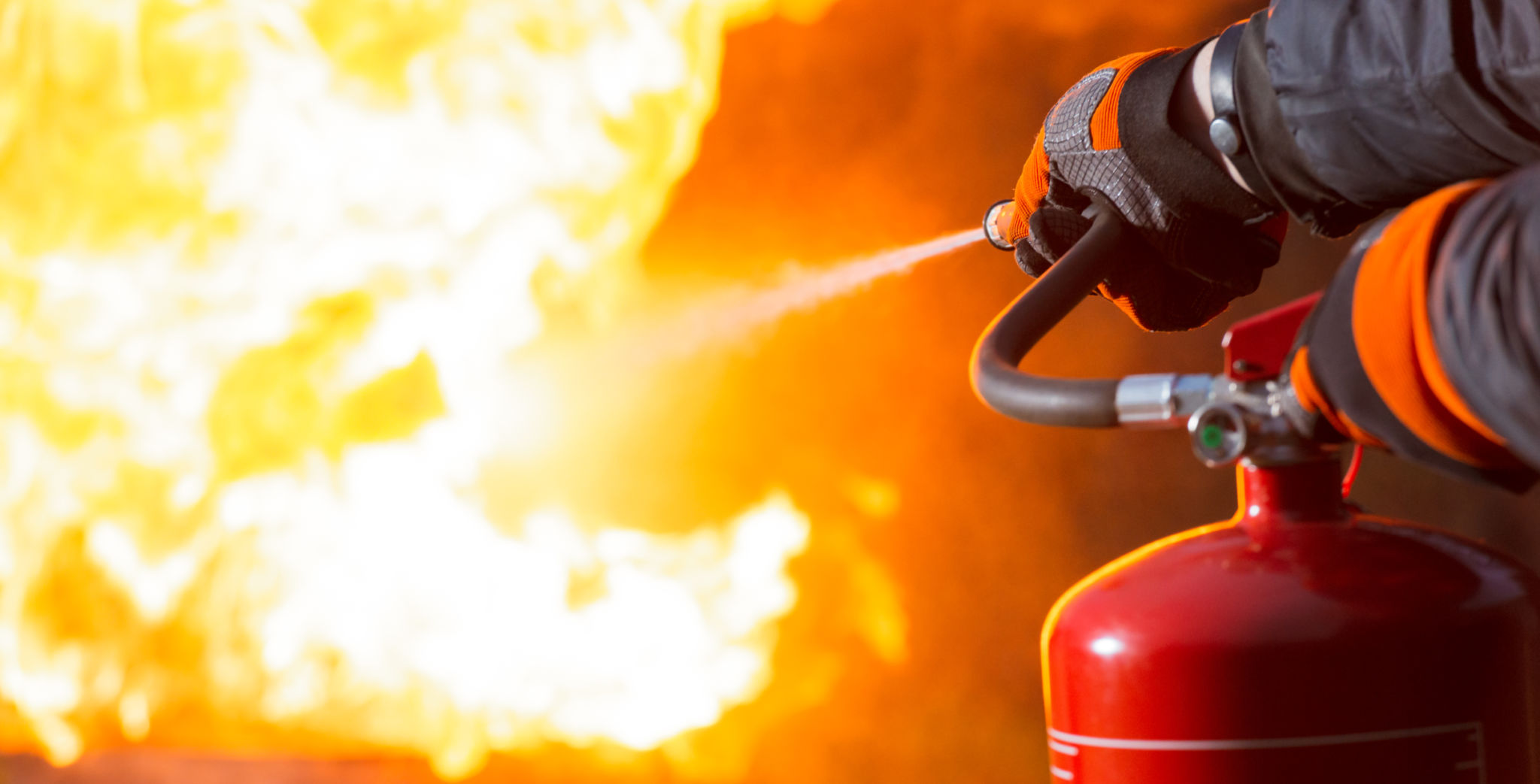Enhancing Safety and Security in Australian Buildings: Key Strategies
Understanding the Importance of Building Safety and Security
In recent years, the focus on enhancing safety and security in Australian buildings has intensified. As urban areas continue to grow and the population density increases, ensuring the safety and security of buildings becomes paramount. This is not only crucial for protecting property but also for safeguarding human lives. In this post, we will explore key strategies to enhance building safety and security in Australia.
Implementing Advanced Surveillance Systems
One of the most effective ways to enhance security is by implementing advanced surveillance systems. Modern surveillance technology offers high-definition video capture, night vision, and real-time monitoring capabilities. These systems can be integrated with smart devices, allowing building managers to monitor premises remotely. Furthermore, incorporating motion detection and facial recognition technology can significantly improve the ability to identify and respond to potential threats swiftly.

Access Control Systems
Access control systems are essential in restricting unauthorized entry into buildings. These systems range from simple lock-and-key mechanisms to advanced biometric scanners. By utilizing access control systems, building operators can manage who enters the premises and at what times, ensuring that only authorized personnel have access to sensitive areas. This not only enhances security but also helps in maintaining a record of entry and exit activities.
Fire Safety Measures
Fire safety is a critical aspect of building security. In Australia, stringent regulations govern fire safety requirements in buildings. It is essential to have well-maintained fire alarms, sprinkler systems, and clear evacuation routes. Regular fire drills and employee training on emergency response can further ensure preparedness in the event of a fire.

Structural Integrity and Maintenance
The structural integrity of a building plays a vital role in its overall safety. Regular maintenance and inspections can help identify potential hazards such as cracks, corrosion, or other forms of deterioration. Ensuring that buildings meet the necessary construction standards and codes is crucial for preventing accidents and ensuring long-term safety.
Utilizing Smart Technology
The advent of smart technology has revolutionized building management. Smart sensors can monitor various environmental parameters like temperature, humidity, and air quality, contributing to a safer indoor environment. Automated systems can also alert building managers to anomalies such as water leaks or electrical faults, enabling timely interventions.

Emergency Preparedness and Response Planning
Having a comprehensive emergency preparedness plan is essential for any building. This involves identifying potential risks, developing response strategies, and conducting regular training sessions for occupants. It is important to have clear communication channels and designated roles for individuals during emergencies to ensure efficient evacuation and minimize chaos.
Collaboration with Security Experts
Partnering with security experts can provide valuable insights into the latest threats and the most effective countermeasures. Security consultants can conduct thorough risk assessments and recommend tailored solutions that address specific vulnerabilities within a building. This collaboration ensures that safety strategies are not only comprehensive but also up-to-date with current security trends.
In conclusion, enhancing safety and security in Australian buildings requires a multifaceted approach involving technology, planning, and collaboration. By implementing these key strategies, building owners can create safer environments that protect both occupants and property.
